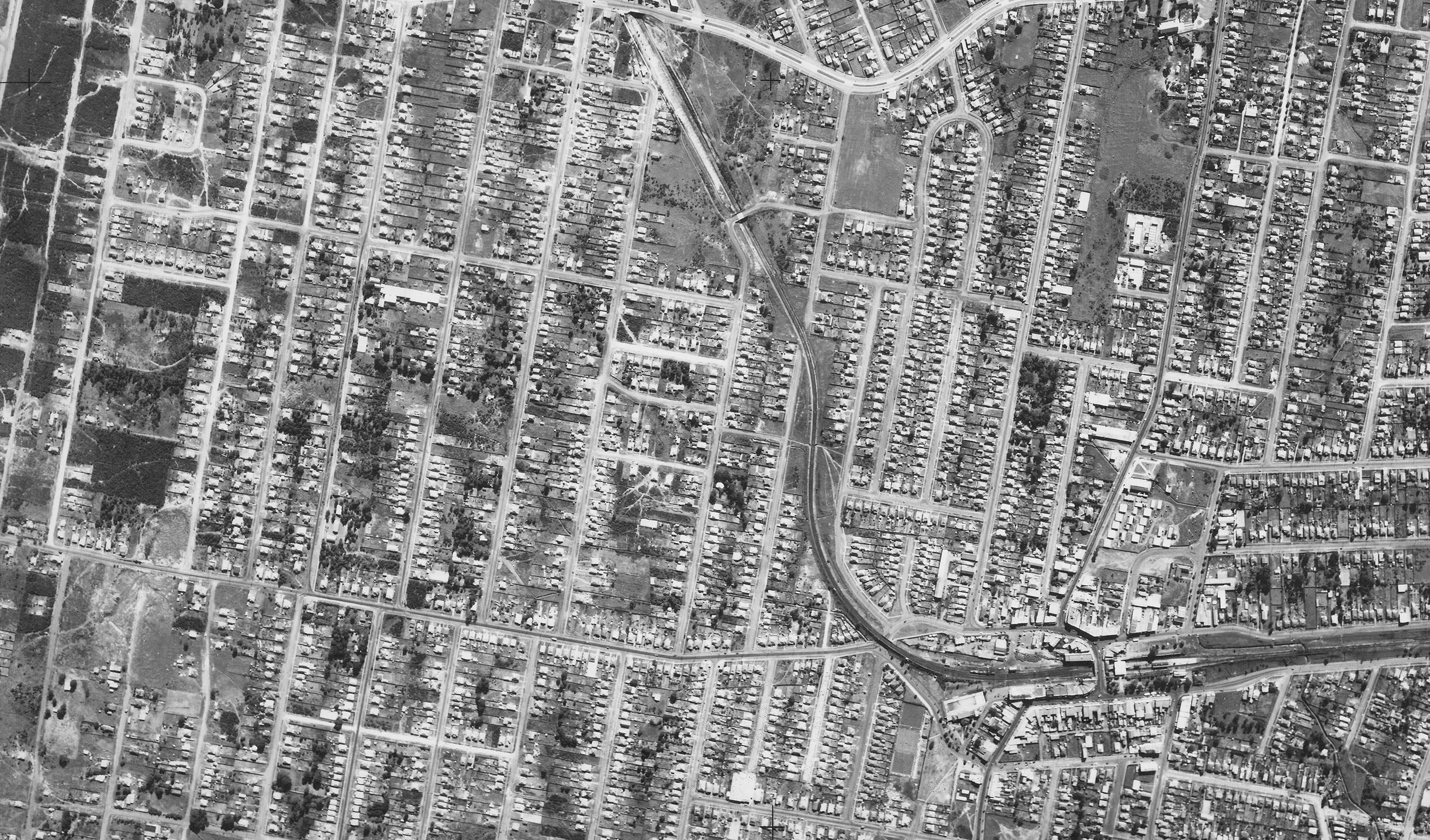
Heritage in focus: NSW Parliament’s TOD report
The NSW Legislative Council released its report on the Transport Oriented Development Program in October 2024. Structured by four chapters, the 125 page report includes the word ‘heritage’ 86 times. This appears to be heartening, but is it? GML CEO Sharon Veale takes a closer look.
The terms of reference included heritage specifically. The committee was directed to inquire into and report on ‘the heritage concerns with the TOD program including but not limited to the concerns of the Heritage Council’.
Heritage is discussed in the context of the NSW planning system. Local planning instruments which enable zoning of heritage conservation areas and heritage items are referred to. The finer grain in development control plans is mentioned. It is noted that heritage items are exempted from dual occupancies and semidetached, which are now permitted in R2 zones.
The rubber hits the road in chapter 4, ‘Planning for a liveable, sustainable city’.
Under the heading of ‘Valuing heritage’ the committee recounts the Department of Planning’s evidence, explaining that the TOD program establishes a policy position to balance delivery of TOD development and conservation through Local Environmental Plan (LEP) controls. ‘Heritage and housing co-exist and will continue to do so’ we are told. The discussion on valuing heritage runs over 4 pages. The key points which emerge indicate that government, the development industry, and community, have different objectives and aspirations when it comes to heritage in TOD designated areas. There is considerable discussion, but no certainty, regarding whether the State Environmental Planning Policy (SEPP) will prevail over LEP heritage controls in determining the merits of TOD applications in Heritage Conservation Areas for example.
The committee appears to have determined that the ‘stakeholder concerns about the TOD program’s impact on character and heritage value’ was a lower order priority. Their eyes are firmly focused on planning and funding to deliver density.
With the directive for heritage in the terms of reference, we might have expected to see heritage included in one or more of the inquiry’s ten recommendations.
The proliferation of values and meanings attached to heritage, and the mixture of successes and failures that characterise it in the planning system, provides fertile ground for it to be relegated to the scrapheap on the one hand, yet given it is also interwoven with living communities, some of whom regard such places as important, it will be interesting to see how development and conservation in the TOD areas will be balanced. The differing views and perspectives recounted in the committee’s report highlight just how precarious heritage is in the political, social and economic maelstrom of the TOD program.
The NSW Government is due to respond to the committee’s report and recommendations on 15 January 2025.



